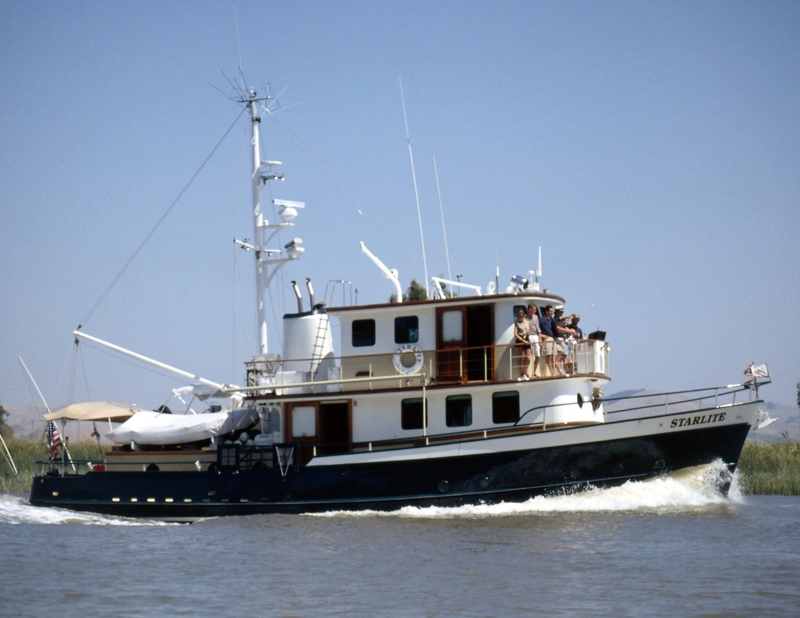Social Networks and Fisheries
Written by: Bill Sherman on Thursday, 7 August 2008, 6:59 AM
Are social networks like a fishery digital data, or muscles? It’s a complex question that vexes many people who examine about social networks and social capital. In order to even frame the question, we need to explore economic theory.
Let’s start with the fishery model. No one owns the sea or the fish within it. Certainly, some treaties define territorial waters and protect endangered species. However, after that, the seas are open to anyone for fishing. You just need a boat, some bait, and a crew.
Let’s say that you and I own fishing vessels. We leave harbor and start fishing in the same area. Neither of us own the schools of fish when they’re in the ocean. We toss our lines and bait into the water, eager to catch fish.
Both of our boats are successful. We catch fish. Once we bring the fish onto our boats, they’re ours. We get to enjoy the benefit of each fish we catch–whether we eat them or sell them at the fishmarket. So, we’re both motivated to catch as many fish as we can.
That’s great for us, but perhaps bad for the fishery. There’s a fixed number of fish within the fishery. If we (and other fishing fleets) take too many fish out of the ecosystem, the fishery will collapse. In that case, no one will catch any fish.
I’ve just described some aspects within an economic aspect of “the commons.” A fishery represents a commons because each fish removed from the ocean subtracts the number of fish, and it’s also very difficult to exclude people from fishing within a fishery. A fishery is a good example of a “common-pool resource.”
Elinor Ostrom of Indiana University shows there’s an important difference between a common-pool resource system and the resource unit contained within them. Here are a few examples of common-pool resources.
- A fishery resource system can yield fish;
- A forest resource system can produce lumber;and
- A river resource system can provide water for farmers to irrigate their land.
Of course, there are many other ways to enjoy a forest, ocean, or river. You could go camping or sailing. However, I’m focusing on ways that the common-pool resource systems can be depleted or resources.
If a social network works like a forest, fishery, or river, then two things must be true:
- It must be difficult to prevent someone’s access to the network.
- The benefits enjoyed by one person must subtract assets from the network.
In this model, we’re treating social networks as a resource system and social capital as a resource. If you withdraw social capital from the system, then it wouldn’t be available for others. You’d be taking social capital out of the system (like taking a fish from a fishery).
Here’s a simple example.
Let’s say I ask David for an introduction to Ambal. At the same time, three other people ask David for introductions or advice. David has a limited amount of time in his days (like the rest of us, we’re constrained within 24 hours). If David invests an hour to help me, then that’s an hour he could have invested with one of his other friends or family. My request doesn’t prevent David from helping other people, but it will be difficult for David to help them simultaneously while helping me.
In some ways, social capital is clearly time-bound. So, it’s tempting to say that social networks resemble fisheries.
But let’s not rush to conclusions. Let’s next consider if social networks resemble software code.
One Response to “Social Networks and Fisheries”
Something to say?
You must be logged in to post a comment.



Elinor Ostrom and the Nobel Prize | aha-moments Says:
[…] Social Networks and Fisheries […]
October 12th, 2009 11:44 am